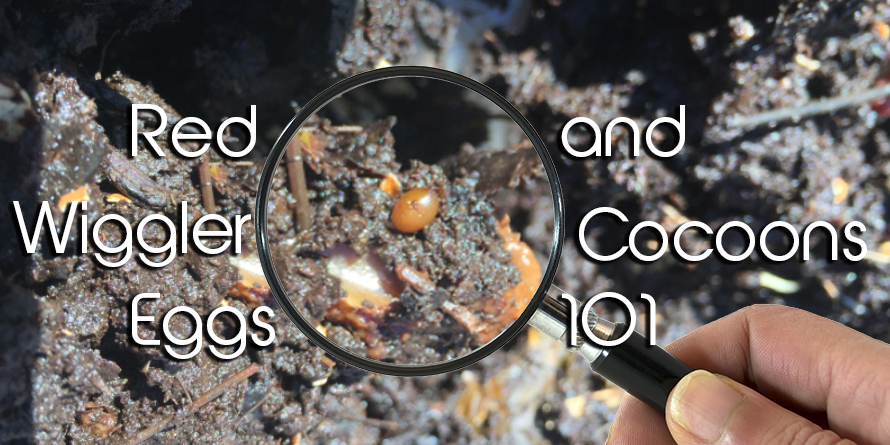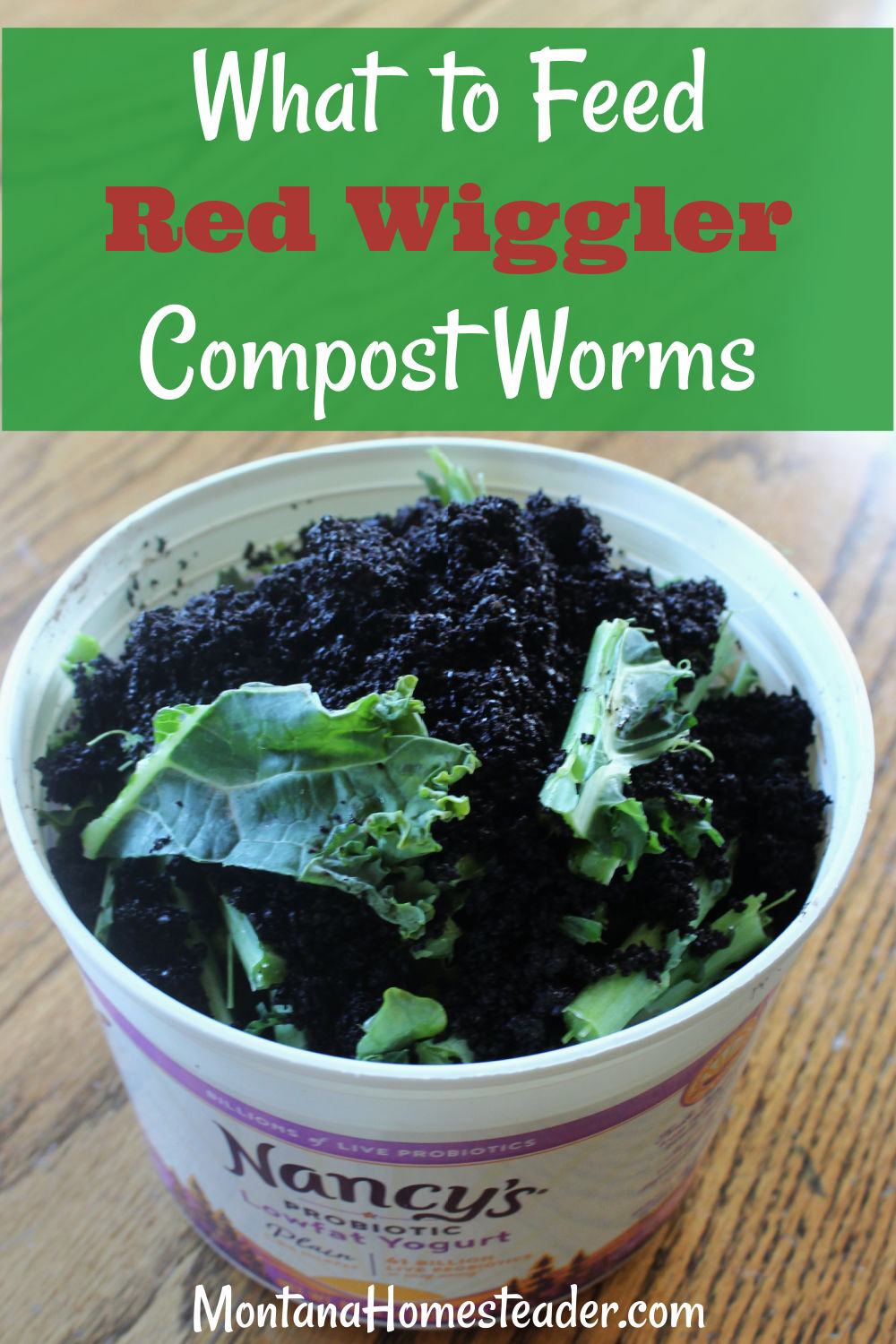Red Wigglers: The Unsung Heroes of Organic Waste Recycling
Red wigglers, or Eisenia fetida, offer as crucial agents in the organic waste recycling process, transforming thrown out products right into beneficial vermicompost. Their reliable break down of natural matter not only boosts dirt high quality however additionally adds to sustainable waste management methods. As the world progressively looks for services to combat waste accumulation and enhance agricultural efficiency, comprehending the function of these worms comes to be crucial. What mechanisms enable them to prosper in garden compost atmospheres, and just how can they be successfully used in both residential and commercial setups? Checking out these inquiries reveals the more comprehensive ramifications of vermicomposting in our eco-friendly landscape.
What Are Red Wigglers?
The amazing durability of red wigglers, scientifically referred to as Eisenia fetida, highlights their crucial role in natural waste recycling. These tiny, reddish-brown earthworms are normally found in decomposing raw material, such as compost piles and manure stacks. Lake Hickory Bait. Unlike other earthworm types, red wigglers grow in nutrient-rich settings and are highly reliable at damaging down organic products, making them crucial for vermicomposting

Benefits of Composting With Worms
Composting with worms, specifically red wigglers, supplies countless advantages that enhance both waste monitoring and dirt wellness. These worms successfully damage down organic waste, transforming it into nutrient-rich vermicompost that enriches dirt. This procedure increases decomposition, permitting for a quicker recycling of kitchen scraps and other organic products compared to typical composting techniques.
Additionally, the vermicompost created by red wigglers is brimming with useful microorganisms, which aid enhance dirt structure, aeration, and dampness retention. This improves the overall health of plants, advertising vigorous development and raised returns in yards and farming settings. Moreover, the usage of worms in composting lessens the production of greenhouse gases, such as methane, adding to an extra sustainable waste monitoring system.

Exactly How to Begin Vermicomposting
Developing a vermicomposting system is a straightforward process that can yield considerable advantages for both waste administration and dirt enrichment. To begin, choose a suitable container, such as a plastic bin or wooden box, with sufficient ventilation holes to make certain appropriate airflow. The dimensions need to preferably be around 2 feet by 3 feet, allowing sufficient area for the worms to thrive.
Following, prepare bed linen product, which can include shredded newspaper, cardboard, or coconut coir. This bed linens needs to be dampened to produce a suitable environment for the worms. When the bed linens remains in place, introduce red wigglers (Eisenia fetida) into the bin, usually around one extra pound of worms for every square foot of surface.
Adhering to the placement of worms, add natural waste, such as fruit and veggie scraps, coffee premises, and crushed eggshells. Stay clear of including dairy, meat, or oils, as these can produce smells and attract bugs. Lastly, position the bin in a shaded, temperature-controlled area to maintain ideal conditions for worm activity. With these actions, you will effectively launch a vermicomposting system that contributes to lasting waste management and improves your dirt.
Maintaining a Healthy Worm Container
Oygenation is crucial also. Delicately blending the bed linen and food scraps every couple of weeks avoids compaction and makes certain that all worms have access to oxygen. Furthermore, it is essential to feed the worms properly. A well balanced diet of fruit and veggie scraps, coffee premises, and crushed eggshells should be provided in small amounts to stay clear of here are the findings overfeeding, which can lead to smells and parasites.
If the container comes to be as well hot or chilly, the worms may become stressed out. By vigilantly managing these factors, one can maintain a durable and efficient worm bin.
Effect On Sustainable Living
The successful maintenance of a worm container not just profits the wellness of red wigglers however likewise contributes dramatically to lasting living techniques. By reusing natural waste, such as kitchen area scraps and yard particles, red wigglers aid divert substantial quantities of product from garbage dumps. This decrease in waste not just decreases greenhouse gas emissions yet additionally lessens the environmental worry connected with waste administration.
Furthermore, the castings created by red wigglers serve as a nutrient-rich organic plant food, enhancing dirt health and advertising plant growth. This natural option to chemical fertilizers sustains sustainable agriculture and gardening methods, minimizing reliance on artificial inputs that can damage ecological communities. Furthermore, worm composting promotes recognition of waste monitoring, urging individuals and areas to embrace more sustainable routines.

Verdict
In recap, red wigglers offer as important factors to natural waste recycling through their reliable decomposition of organic products. By integrating vermicomposting right into waste administration approaches, people and neighborhoods can substantially minimize waste while advertising environmental sustainability.
Comments on “Lake Hickory Bait: Reliable Supplies for Every Level of Fishing”